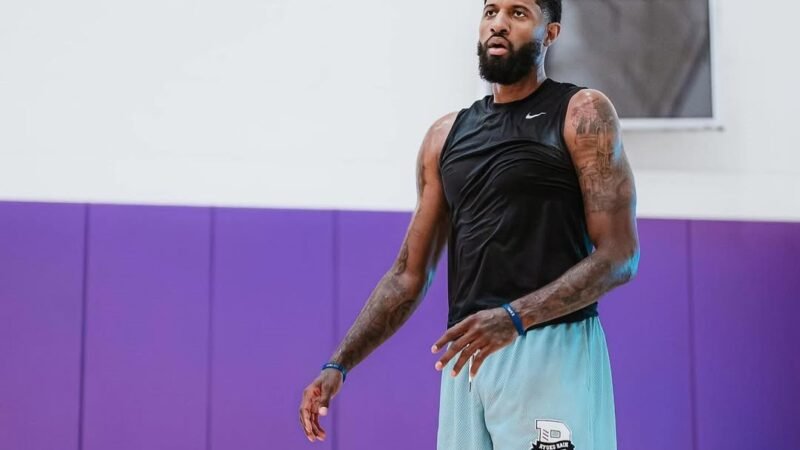NBA Finals Recap: Game 3 Observations

The game early on was played at the Cavs pace with the team making a conscious effort of slowing down the game and giving the ball to LeBron. LeBron was again a match-up nightmare from the Warriors as he dictated how he was going to score: through the post, isolations, one-on-one drives, and the occasional hero ball.
Here are some observations from Game 3 of the Finals.
Pace
The Cavs this postseason have morphed from a relative up-tempo team to a team that slowly brings the ball up. This was a tactical choice brought about by their lack of offensive firepower. However, this strategy not only allows LeBron to pick and choose his spots—giving him valuable seconds of rest—but also allows him to choose how he wants to attack the defense.
The Warriors lack of pace is a direct result of Tristan Thompson and Timofey Mozgov’s activity on the rebounding end. They haven’t been able to dominate and clean the defensive glass which is what ignites the Warriors deadly free-flowing attack. They also haven’t been able to leak out with everybody looking at James. Draymond Green, who thrives in bringing the floor down the middle off their opponent’s miss, hasn’t been able to get it going this series. He’s been drawn out of the picture because he is forced to pick-up LeBron in their switching pick-and-roll coverage.
Defensive Coverage
The Warriors continue to employ their daunting switching defense but they occasionally hedge LeBron in the pick-and-roll instead of automatically switching it as they try to give LeBron different looks on their pick-and-roll coverage. The Cavs counter this by running the same pick-and-roll until they get the switch with the shot clock winding down.
Off made baskets, the Cavs usually slot their power forward, either Tristan Thompson or James Jones, to shadow Curry to prevent the direct inbound pass to him to shade some seconds off the shot clock.
On pick-and-rolls involving Curry, the Cavs often apply pressure to him, sending two defenders to chase him away from the basket. In situations where the trap maybe a bit risky to apply, because there’s a slight delay after the screen, the Cavs are confident with sending Tristan Thompson and even Timofey Mozgov to try to defend Curry one-on-one. So far this series, the Cavs been able to minimize the damage inflicted from the Warriors pick-and-rolls.
When Curry attracts the double team, he is forced to give the ball to his screener, usually Draymond Green, and have him attack the basket with mini 3-versus-2 or 4-versus-3 battles. Green hasn’t had much success in trying to get points from the foul line down forcing coach Steve Kerr to use David Lee. Lee responded to this challenge by scoring 11 points, grabbing 4 boards, and dishing out 2 assists and his presence was immediately felt as his rolls to the basket gave the Cavs some problems. Maybe we can expect Kerr to go to Lee more in the following games especially now where they’re struggling to find points.
Delly
Even with Matthew Dellavadova playing brilliantly in the NBA Finals, it’s really hard to fathom that he is the second-best player in this Cavs team. His production was more than anyone of us had expected and he has the current MVP of the league struggling to find his groove.
If Draymond Green is the heart and soul of the Warriors, Delly is his counterpart for the Cavs. His grit, determination, and in-your-face attitude has given this Cavs team their own unique identity. He’s always the first player diving and chasing after those 50-50 balls. His offensive production is a bonus but what he does to help this team win is immeasurable.
The LeBron Effect
It’s safe to say that, just like Michael Jordan, we may never see another player like LeBron James. LeBron is the only player who can find a way for his team to win in spite of the lack of support in almost all aspects of the game.
He is responsible for 62 points per game and not to mention the other open looks he generates for his teammates. He is a singular destructive force and an unsolvable puzzle. LeBron has to keep up this godly level of productivity for the Cavs to have a chance of ending their championship drought.
This series toys with your emotions. Early on, it is a one-sided and lopsided affair but then things take a dramatic twist—a mini run from the opposing team. Panic and quick heartbeats start to set-in—with each shot a potential being game changer. This is the type of series we crave for—and live for—but it is not for the faint of heart.



